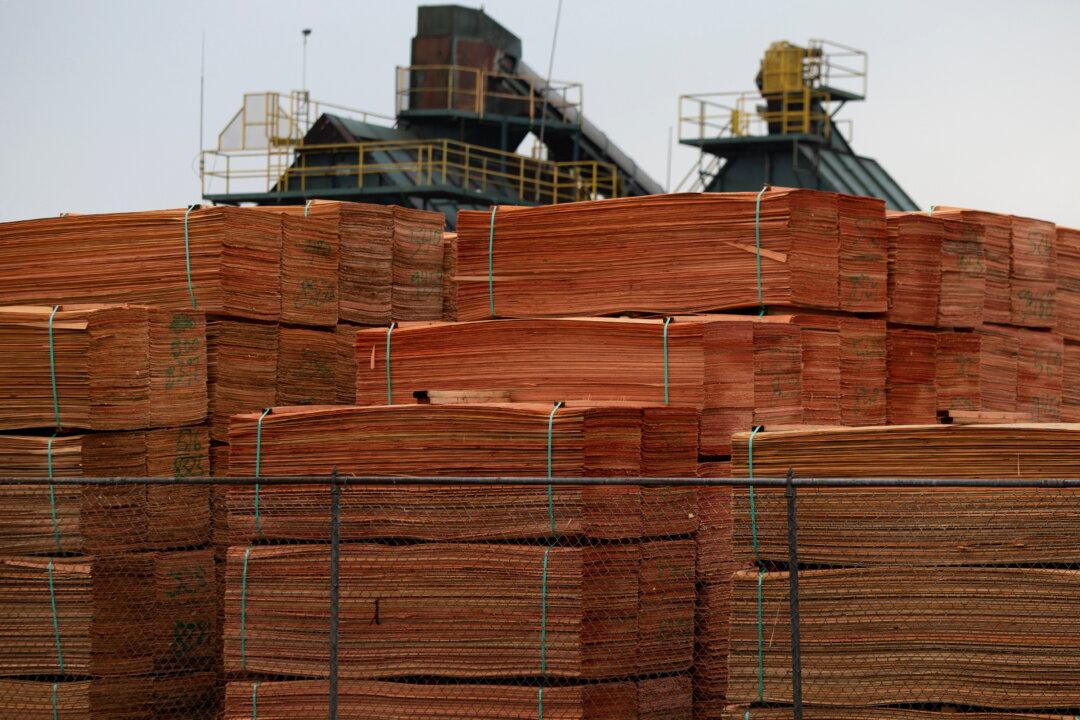Skyrocketing lumber prices that have tripled over the past 12 months have added $35,872 to the cost of an average new single-family home, according to new analysis by the National Association of Home Builders (NAHB), with the price spike threatening to hobble the momentum of the U.S. housing market, one of the bright stars of the recovery from the pandemic recession.
While homebuilder sentiment remains optimistic, as indicated by the NAHB Housing Market index, headwinds due to rising building costs have pulled the index down from recent highs.





